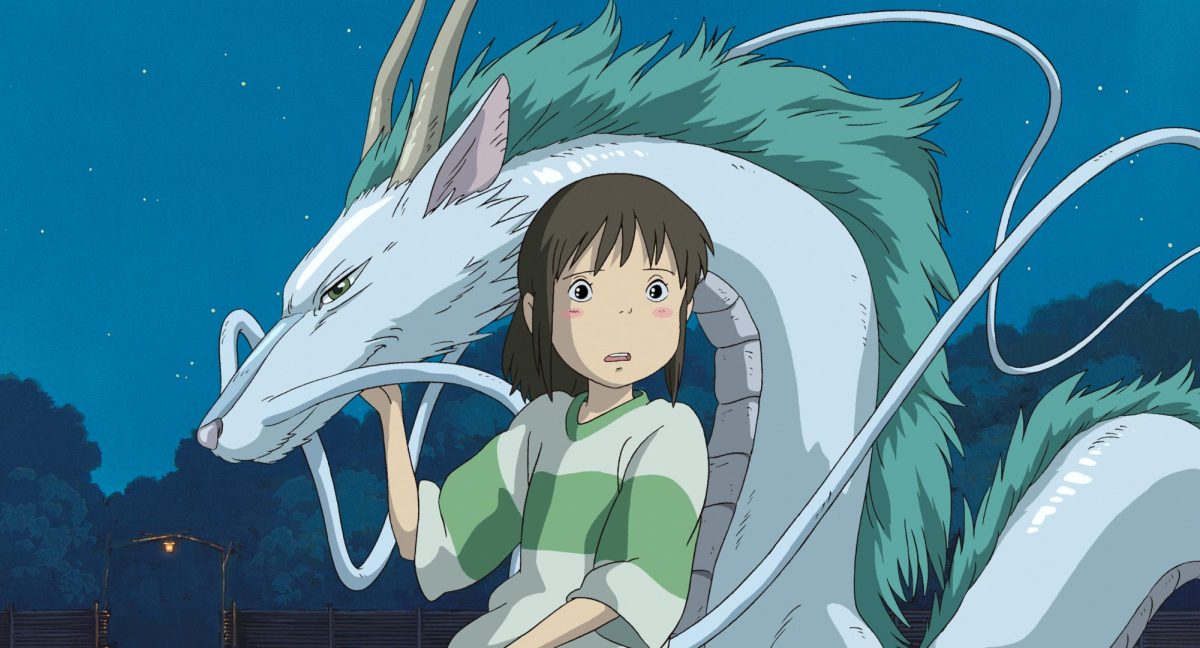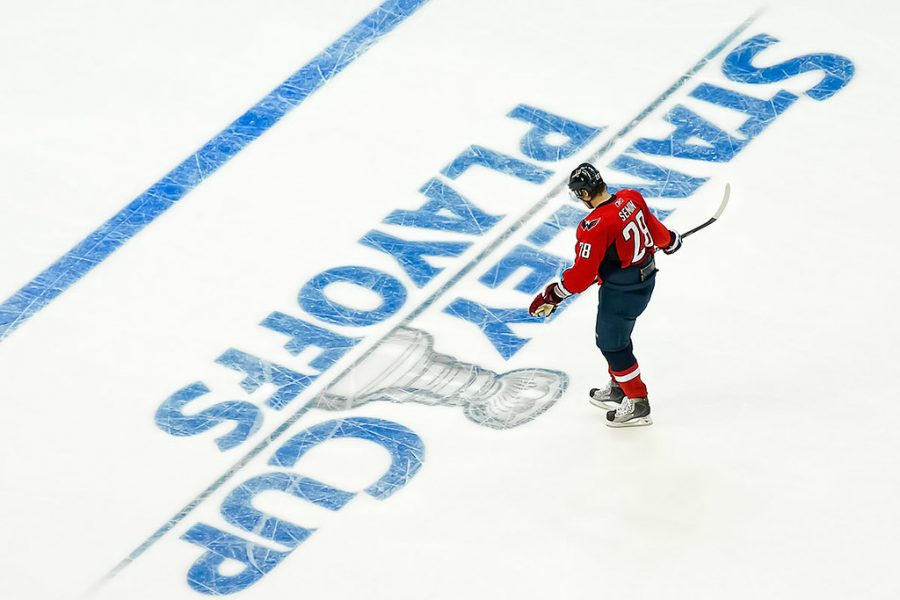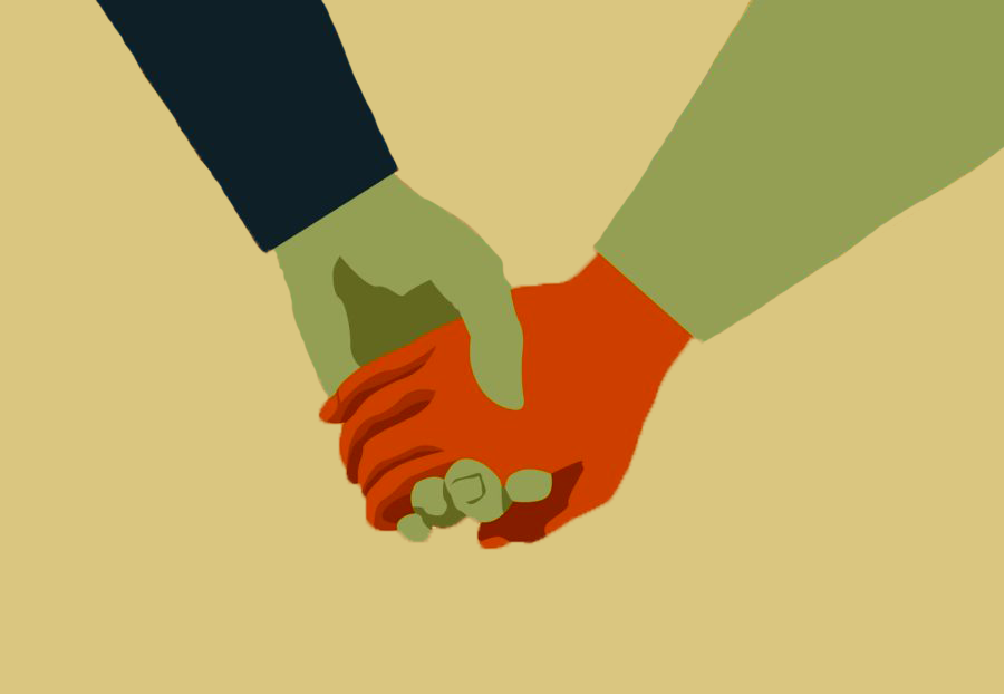
A myth exists that cannabis has no medicinal properties and is only abused. This is largely because of the national status of cannabis. It is currently a Schedule 1 drug, which means it has no medical applications. This categorization has not been changed since the War on Drugs in the 60s and exists in spite of the growing list of evidence that cannabis has medicinal applications.
We are not sure of the extent to which cannabis can be used medicinally. Because of its scheduling, research for medicinal application is difficult to perform. But the research we do have surrounding medical marijuana is amazing. In 2010 the University of California Center conducted a study for medical marijuana research, “which utilized the so-called ‘gold standard’ FDA clinical trial design, concluded that marijuana ought to be a ‘first line treatment’ for patients with neuropathy and other serious illnesses.”
Each year new applications for medical marijuana are being found. Some of the areas for medicinal application include Alzheimer’s disease, fibromyalgia, cancer, HIV, Huntington’s disease, multiple sclerosis, osteoporosis, rheumatoid arthritis, sleep apnea and Tourette’s syndrome. If you would like to look into any of these just go to the NORML website.
Now the medical wave has come to Utah. A group of parents are lobbying the state government to pass a law allowing them to use medical marijuana. They are seeking to allow importation of cannabis oil to treat their epileptic children, which is currently illegal under Utah law.
A group of U doctors wrote a letter to Utah’s Controlled Substances Advisory Committee in support of the medical use of cannabis oil. “I would like to express my strong belief that [cannabidiol]-based oils should be available as soon as possible to Utah children with severe epilepsy. The substance is not psychoactive or hallucinogenic, it contains less THC than do other materials that can be legally purchased in Utah, and it has absolutely no abuse potential,” said Dr. Francis Filloux, a professor of pediatric neurology.
There has already been a preliminary hearing at the capitol to discuss this issue. This is remarkable, considering this issue came up only this month. Although there are still a lot of technical details that must be worked out, this is the first step in the right direction. This allows Cannabis to be talked about openly and on an individual-societal level. It is time for Utahns to begin discussing sane action against marijuana. Recreational smoking of this plant is a tiny aspect of it that we need to stop focusing on. Cannabis has the potential to alleviate the pain and suffering of millions of people. It is time we begin looking into this amazing plant, just as our ancestors did.










Ricky • Dec 4, 2013 at 2:24 pm
Neuroimmmune interactions of cannabinoids in neurogenesis: focus on interleukin-1β (IL-1β) signalling.
García-Ovejero D, Arévalo-Martín A, Navarro-Galve B, Pinteaux E, Molina-Holgado E, Molina-Holgado F.
Source
New Study: Cannabis May Grow Stem Cells, Repair The Brain After Injury
*Laboratory of Neuroinflammation, Unidad de Neurologia Experimental, Hospital Nacional de Parapléjicos (SESCAM), 45071 Toledo, Spain.
Abstract
Neuroimmune networks and the brain endocannabinoid system contribute to the maintenance of neurogenesis. Activation of cannabinoid receptors suppresses chronic inflammatory responses through the attenuation of pro-inflammatory mediators. Moreover, the endocannabinoid system directs cell fate specification of NSCs (neural stem cells) in the CNS (central nervous sytem). The aim of our work is to understand better the relationship between the endocannabinoid and the IL-1β (interleukin-1β) associated signalling pathways and NSC biology, in order to develop therapeutical strategies on CNS diseases that may facilitate brain repair. NSCs express functional CB1 and CB2 cannabinoid receptors, DAGLα (diacylglycerol lipase α) and the NSC markers SOX-2 and nestin. We have investigated the role of CB1 and CB2 cannabinoid receptors in the control of NSC proliferation and in the release of immunomodulators [IL-1β and IL-1Ra (IL-1 receptor antagonist)] that control NSC fate decisions. Pharmacological blockade of CB1 and/or CB2 cannabinoid receptors abolish or decrease NSC proliferation, indicating a critical role for both CB1 and CB2 receptors in the proliferation of NSC via IL-1 signalling pathways. Thus the endocannabinoid system, which has neuroprotective and immunomodulatory actions mediated by IL-1 signalling cascades in the brain, could assist the process of proliferation and differentiation of embryonic or adult NSCs, and this may be of therapeutic interest in the emerging field of brain repair.
Ricky • Dec 4, 2013 at 2:24 pm
Neuroimmmune interactions of cannabinoids in neurogenesis: focus on interleukin-1β (IL-1β) signalling.
García-Ovejero D, Arévalo-Martín A, Navarro-Galve B, Pinteaux E, Molina-Holgado E, Molina-Holgado F.
Source
New Study: Cannabis May Grow Stem Cells, Repair The Brain After Injury
*Laboratory of Neuroinflammation, Unidad de Neurologia Experimental, Hospital Nacional de Parapléjicos (SESCAM), 45071 Toledo, Spain.
Abstract
Neuroimmune networks and the brain endocannabinoid system contribute to the maintenance of neurogenesis. Activation of cannabinoid receptors suppresses chronic inflammatory responses through the attenuation of pro-inflammatory mediators. Moreover, the endocannabinoid system directs cell fate specification of NSCs (neural stem cells) in the CNS (central nervous sytem). The aim of our work is to understand better the relationship between the endocannabinoid and the IL-1β (interleukin-1β) associated signalling pathways and NSC biology, in order to develop therapeutical strategies on CNS diseases that may facilitate brain repair. NSCs express functional CB1 and CB2 cannabinoid receptors, DAGLα (diacylglycerol lipase α) and the NSC markers SOX-2 and nestin. We have investigated the role of CB1 and CB2 cannabinoid receptors in the control of NSC proliferation and in the release of immunomodulators [IL-1β and IL-1Ra (IL-1 receptor antagonist)] that control NSC fate decisions. Pharmacological blockade of CB1 and/or CB2 cannabinoid receptors abolish or decrease NSC proliferation, indicating a critical role for both CB1 and CB2 receptors in the proliferation of NSC via IL-1 signalling pathways. Thus the endocannabinoid system, which has neuroprotective and immunomodulatory actions mediated by IL-1 signalling cascades in the brain, could assist the process of proliferation and differentiation of embryonic or adult NSCs, and this may be of therapeutic interest in the emerging field of brain repair.